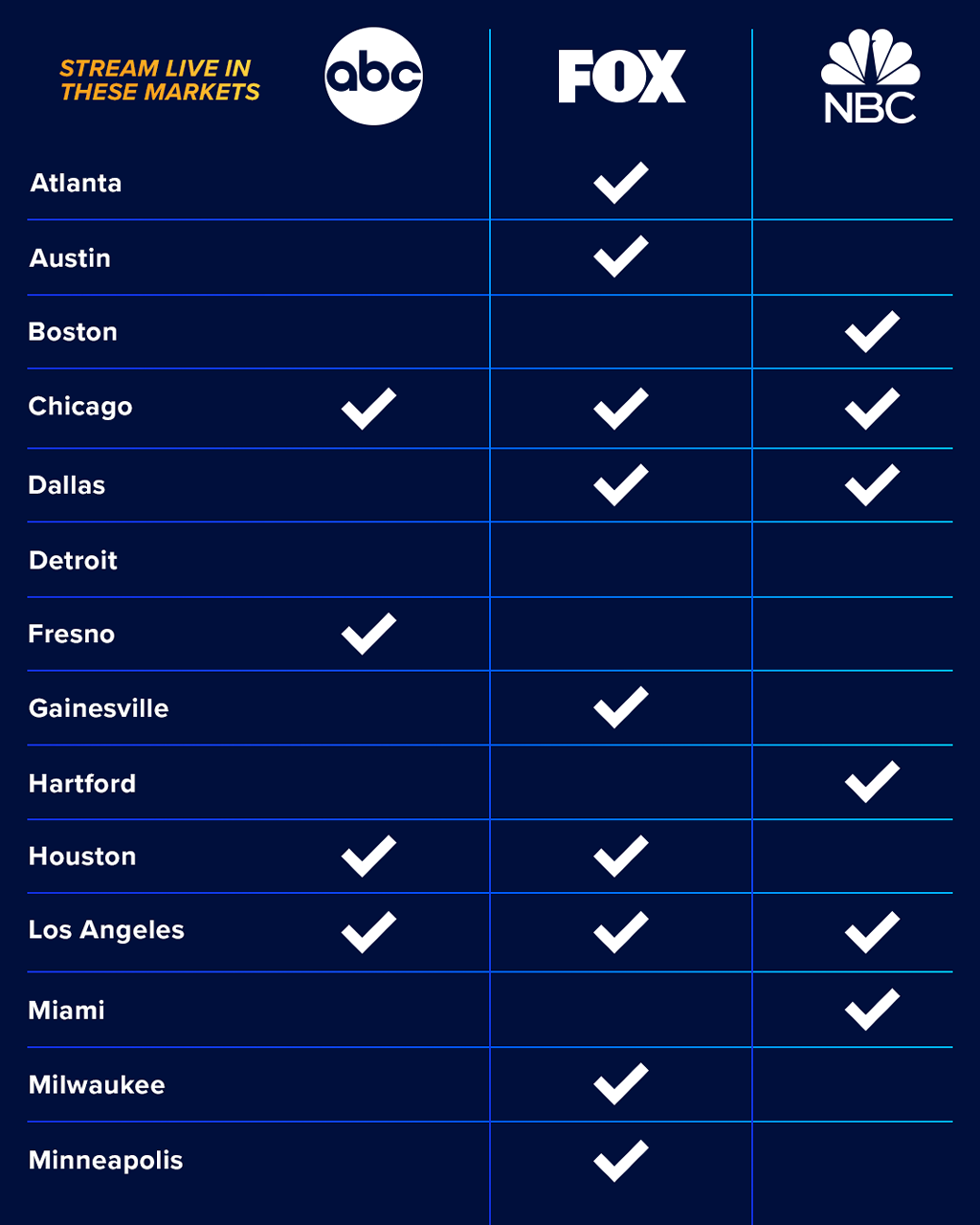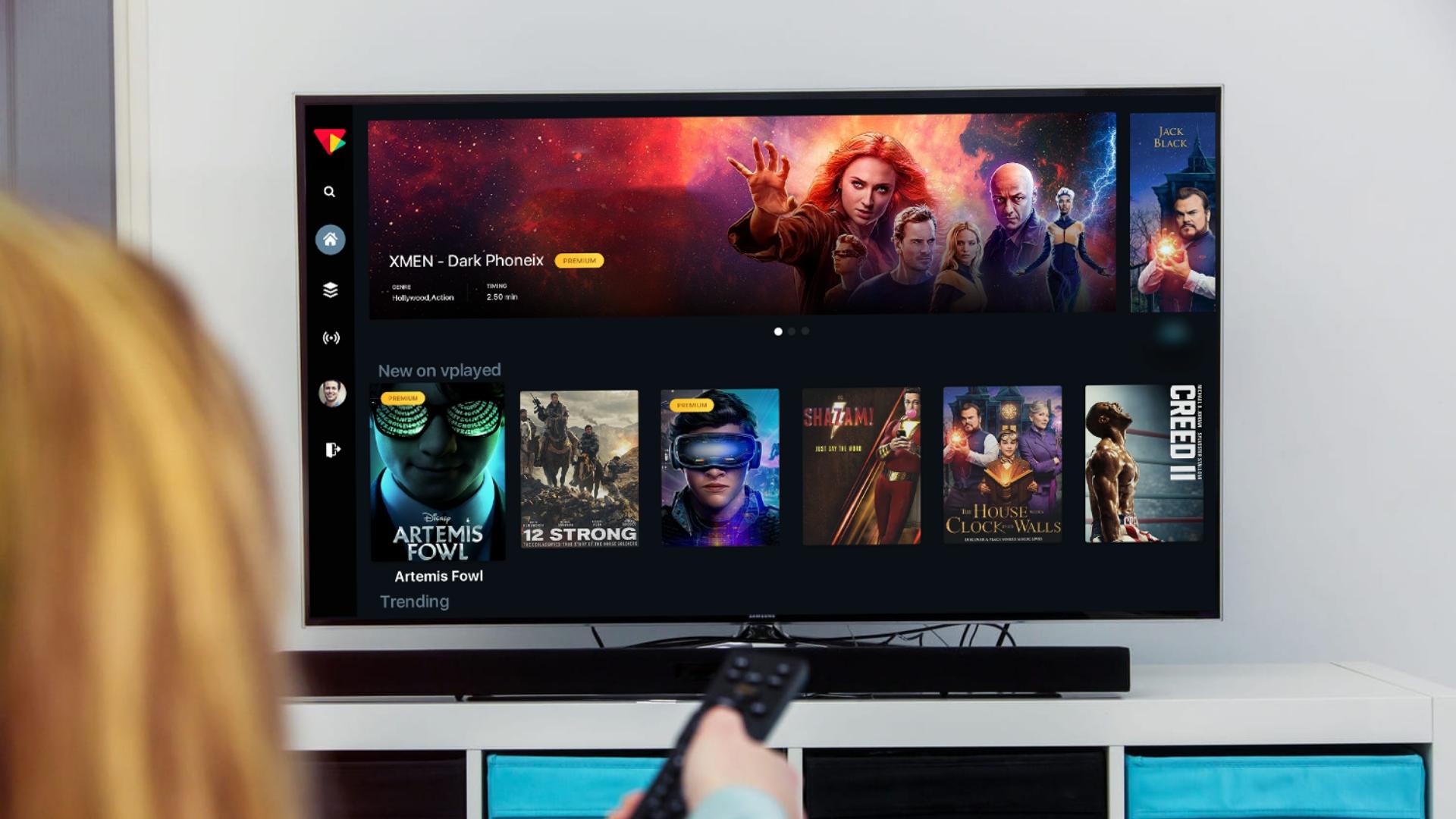The Ultimate Guide To Apollo Group Tv
The Ultimate Guide To Apollo Group Tv
Blog Article
The Facts About Apollo Group Tv Uncovered
Table of ContentsApollo Group Tv Fundamentals ExplainedSome Ideas on Apollo Group Tv You Need To KnowSome Ideas on Apollo Group Tv You Should KnowApollo Group Tv Can Be Fun For Anyone
In this scenario, as opposed to having three-minute business areas during a 30-minute television program, TV programming may transform to one where a customer will be required to have a regular monthly registration, to make sure that they cen sight targeted banner advertisements. This kind of advertising and marketing currently takes place on the internet, and the amount of data television business accumulate permits them to do similar.Define the significant patterns among the broadcasting and cable television networks. Popular radio shows such as authorities dramatization Dragnet and western cowboy collection Gunsmoke were adjusted for tv, and brand-new TV shows were sponsored by solitary advertisers, simply as radio shows had been.
Today, the television sector is much more complex. Programs are funded by several advertisers; shows is controlled by significant media empires; and the three major networks no more control the airwaves however instead share their viewers with countless cord networks. A number of elements make up these fads within the industry, including technical advancements, federal government guidelines, and the creation of brand-new networks.

10 Easy Facts About Apollo Group Tv Explained
Also public television has actually ended up being subject to the impact of marketing. Established in 1969, (PBS) created out of a record by the Carnegie Compensation on Educational Television, which analyzed the function of educational, noncommercial tv on society. The record suggested that the federal government financing public tv in order to provide diversity of programming during the network eraa solution created "not to market products" yet to "enhance citizenship and civil service (McCauley, 2003)." Public television was additionally meant to give global accessibility to television for visitors in rural areas or visitors who can not afford to spend for personal tv services.
The period in between 1950 and 1970 is historically acknowledged as the. In addition to a little portion of airtime managed by public television, the 3 major networks (referred to as the Big 3) controlled the tv sector, collectively representing greater than 95 percent of prime-time watching. In 1986, Rupert Murdoch, the head of international company News Corp, introduced the Fox network, testing the prominence of the Big Three.
Targeting young and minority audiences with programs such as Buffy the Vampire Killer, Moesha, Dawson's Creek, and The Wayans Bros., the brand-new networks wished to draw terminals far from their old network affiliations. Instead than duplicating the success of Fox, UPN and WB battled to make an influence. Unable to attract numerous affiliate stations, the two recently established networks reached fewer homes than their larger competitors since they were inaccessible in some smaller sized cities.
This decision paved the way for the advancement of wire movie channels, adding to the rapid development of cord in the 1980s and 1990s. apollo group tv. Further deregulation of cable in the 1984 Wire Communications Plan Act got rid of limitations on cord prices, making it possible for drivers to bill what they desired for wire services as long as there worked competition to the service (a criterion that over 90 percent of all wire markets can meet)
An Unbiased View of Apollo Group Tv

Having produced the initial "superstation," Turner increased his realm by establishing 24-hour news network CNN in 1980. At the end of the year, 28 national programming services were offered, and the wire revolution had begun. Over the next decade, the industry underwent a duration of quick development and appeal, and by 1994 audiences can pick from 94 standard and 20 costs cable services.
Figure 9 - http://peterjackson.mee.nu/do_you_ever_have_a_dream#c2224.16 Enhanced competitors from cable channels has actually caused a consistent decrease in the networks' audience ratings. Throughout the 1950s, the price of producing a single tv program increased as shows came to be much longer and manufacturing costs skyrocketed. Sponsorship on network tv changed from single sponsorship, in which a program was entirely supported and created by one advertiser, to several sponsorship, in which marketers bought 1- or 2-minute areas on the program
Select one of the Big 4 networks and publish out its once a week shows timetable. Watch the network's prime-time programs over the program of a week, keeping in mind the target group for each program.
The Apollo Group Tv Ideas

Linear TV, usually referred to as conventional program television, incorporates cable television and satellite tv. It's called "straight" due to the fact that content complies with a fixed shows schedule, unlike on-demand content which the private customer determines to view based upon their very own preferences and routine. So, when you ask, "What is straight television?", consider it as the traditional method of enjoying television that has actually been around for years.
Report this page